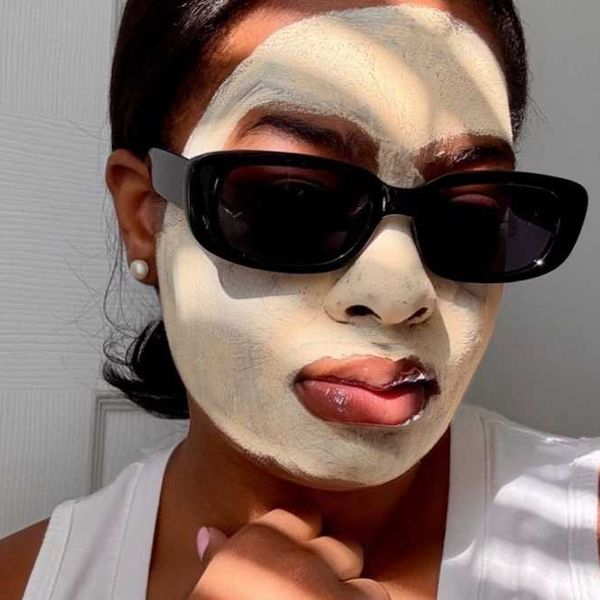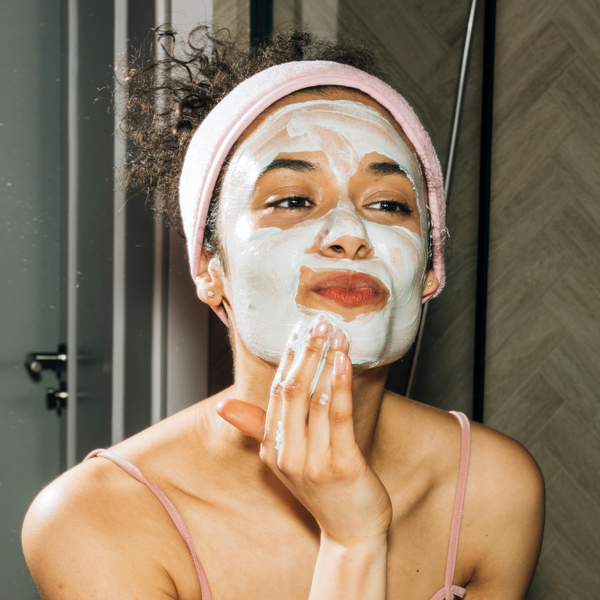Are your ready to roll with this skincare treatment?
Can Micro-Needling Really Make Acne Scars Disappear?
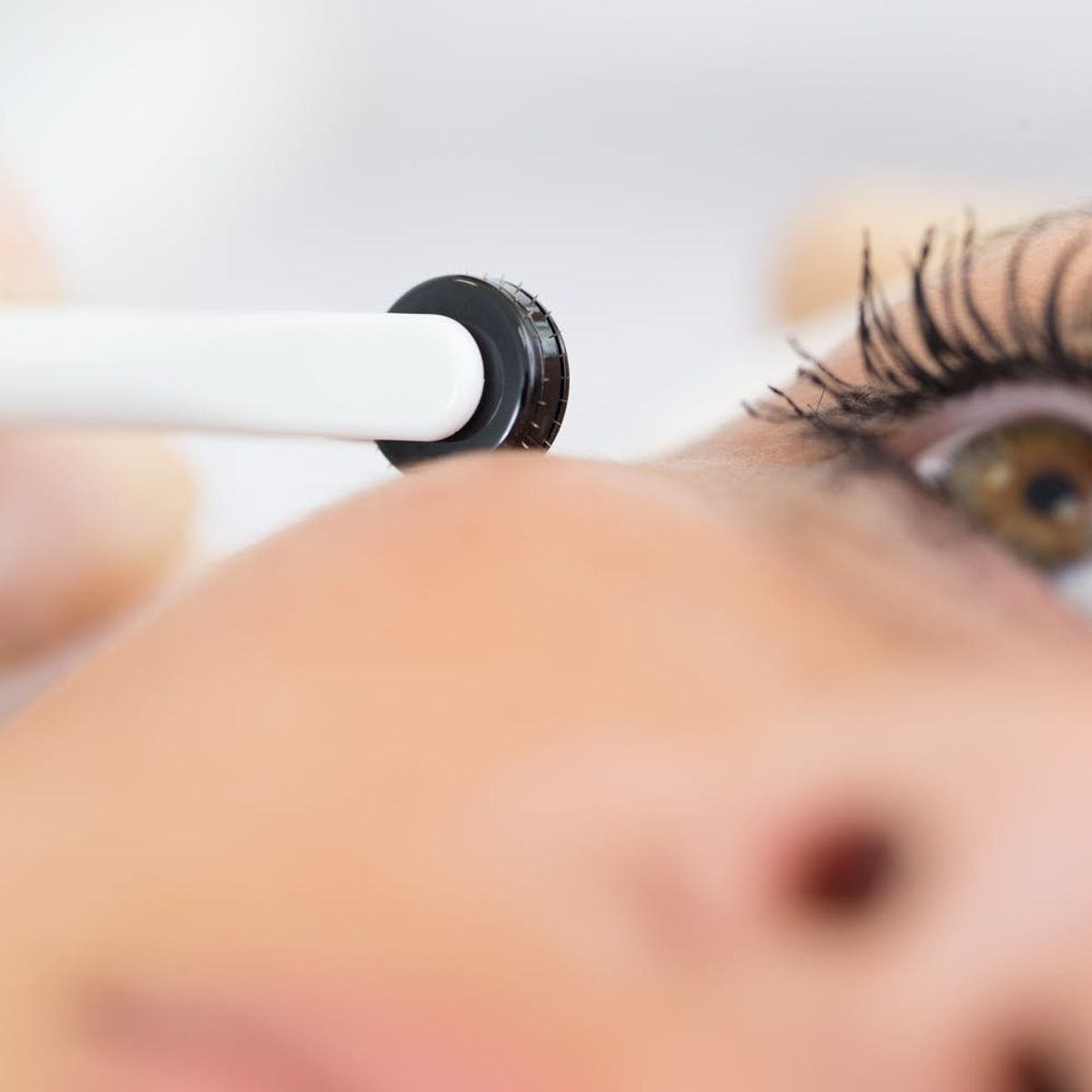
Most of us might shudder at the thought of sticking your face with hundreds of needles — it sounds like something out of a slasher movie. But in the pursuit of flawless skin, editors and influencers are quick to make an exception, as micro-needling (AKA derma rolling) has become a top skincare treatment to stop the early signs of aging, increase radiance, and control oil production. Increasingly, however, the procedure has been used to help treat acne scars and hyperpigmentation.
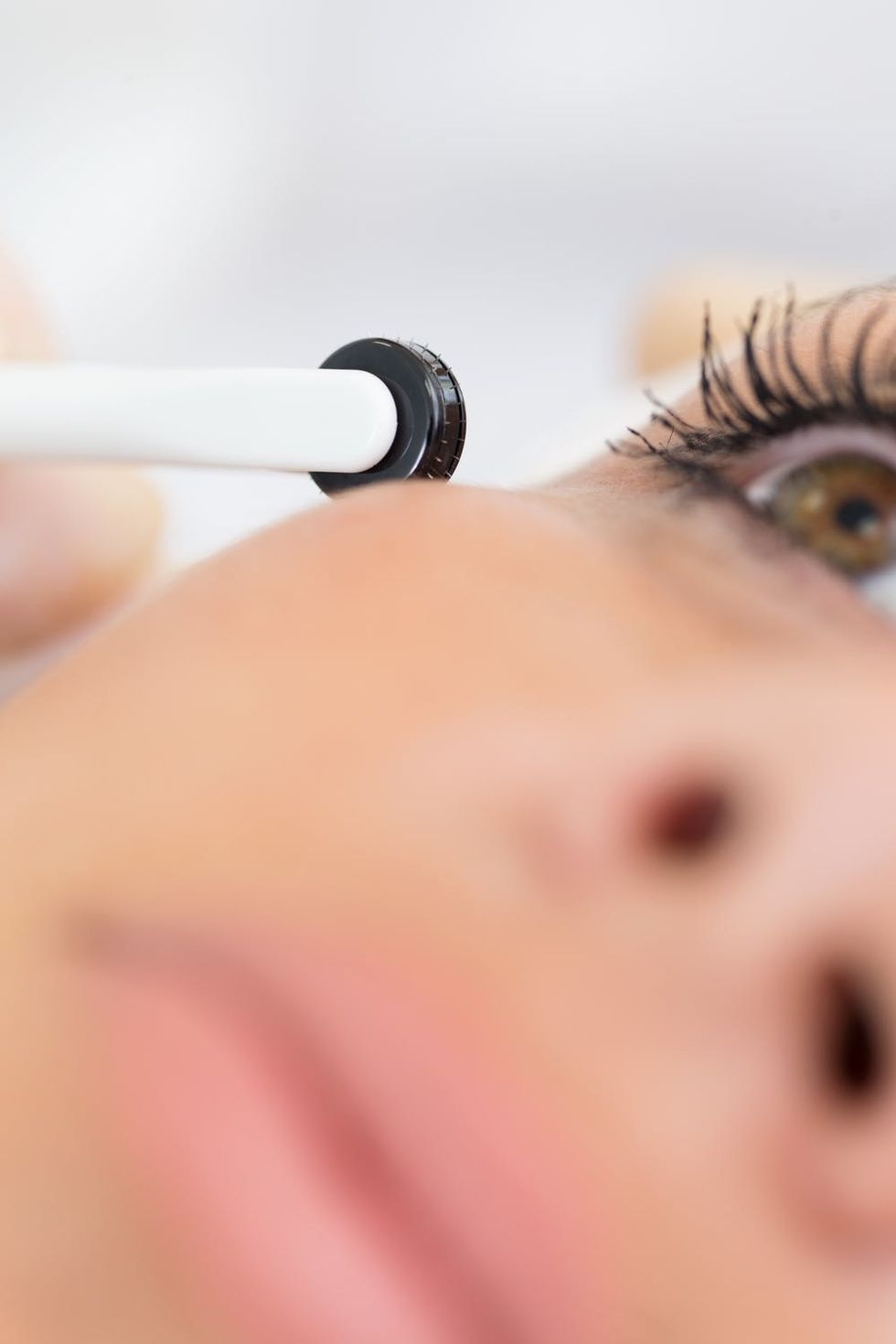
Sure, it might seem counterintuitive to cause trauma to the skin when it’s already experienced similar damage and scarring, but dermatologist Carlos A. Charles, the founder of Derma di Colore in New York City, argues that the treatment actually improves the look of acne scars — no matter your skin tone — by stimulating the repair and growth of collagen. While scar treatments like intense pulsed light (IPL) and Fraxel lasers aren’t recommended for darker complexions due to their damaging side effects, micro-needling carries a much lower risk of further hyperpigmentation. In fact, a recent small study published in the Journal of Cosmetic Dermatology found that it worked wonders on hyperpigmentation in dark skin tones without making it worse.
But you can’t really erase dark or rough acne scars with the available over-the-counter derma rollers, as their short 0.2 to 0.5 mm needle lengths can’t reach the scar tissue and repair it. For that, you’ll have to visit the dermatologist’s office or go to a medical spa where the 1.5 to 2 mm-long needles can penetrate through the scar tissue, break up the melanocytes that cause hyperpigmentation, and promote re-healing. “By creating small areas of trauma to the skin, we can induce the skin’s repair mechanism to help treat scars,” Charles says.
There might be a little bit of blood from the puncture wounds during the procedure, but that bleeding releases a series of epidermal growth factors that kick-start the healing process. It turns up collagen and elastin production to plump the skin as well as open up channels to increase the penetrating power of your skincare essentials. So it’s nothing to worry about, as at worst, you might leave the office with your skin looking a little pink and slightly swollen.
The in-office treatment offers pretty fast results, with some seeing significant improvement in the texture and tone in as little as a few days. That’s not to say additional at-home micro-needling treatment will further enhance your results. In fact, it can increase the chances of worsening the scars and further pigmentation if you don’t know what you’re doing.
Charles argues that for serious scar repair, especially for those with darker complexions, treatment is best left in the hands of professionals who can pretreat the skin with certain medications to minimize the risk of unwanted side effects. “When performed correctly by an experienced board-certified dermatologist, micro-needling can be performed on almost all skin types,” he explains. “Also, the appropriate depth and technique must be employed for optimal and safe results.”
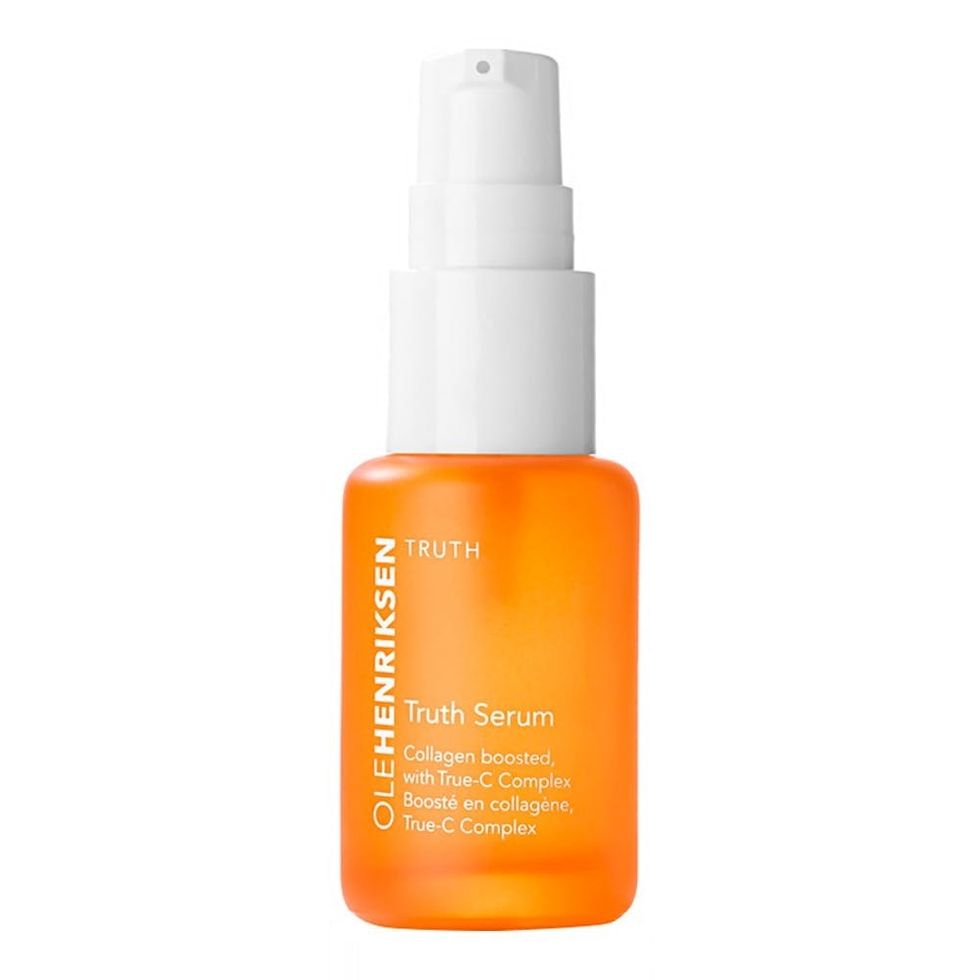
To boost the brightening benefits of the treatment once you’re home, Charles recommends using serums infused with vitamin C, like Ole Henriksen Truth Serum ($48) or SkinCeuticals C E Ferulic ($166). “Topical vitamin C serums can be used after and in conjunction with micro-needling,” he explains. “We also will sometimes apply certain medications used to treat hyperpigmentation after the treatment to increase penetration of the active ingredients.”
If you decide to erase your scars with the treatment, be sure to visit a board-certified dermatologist or a licensed medical spa trained instead of trying your hand at it with an over-the-counter derma roller. Tapping professional practitioners will ensure you don’t make your scars or hyperpigmentation worse and prevent infection. Since the treatment has the potential to help many who might feel self-conscious about their acne scars be able to achieve a clear complexion, we don’t expect its popularity to subside any time soon.
Follow us on Pinterest to score more of the skincare info you need to know.
(Photo via Getty and Ole Henriksen.)


